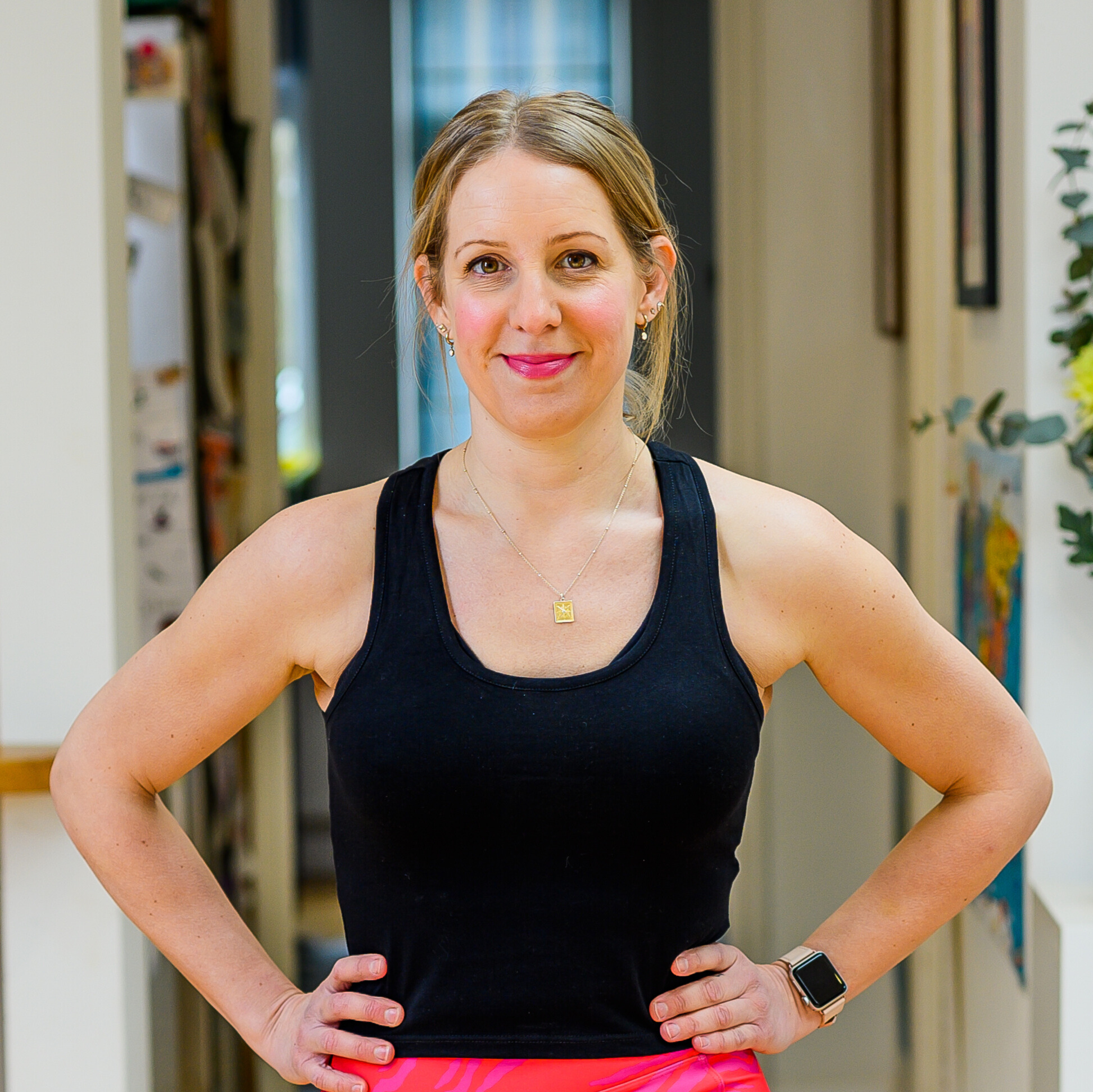This core strength dumbbell workout is ideal for people who hate sit-ups
Grab your dumbbells and take a seat for this core-building workout
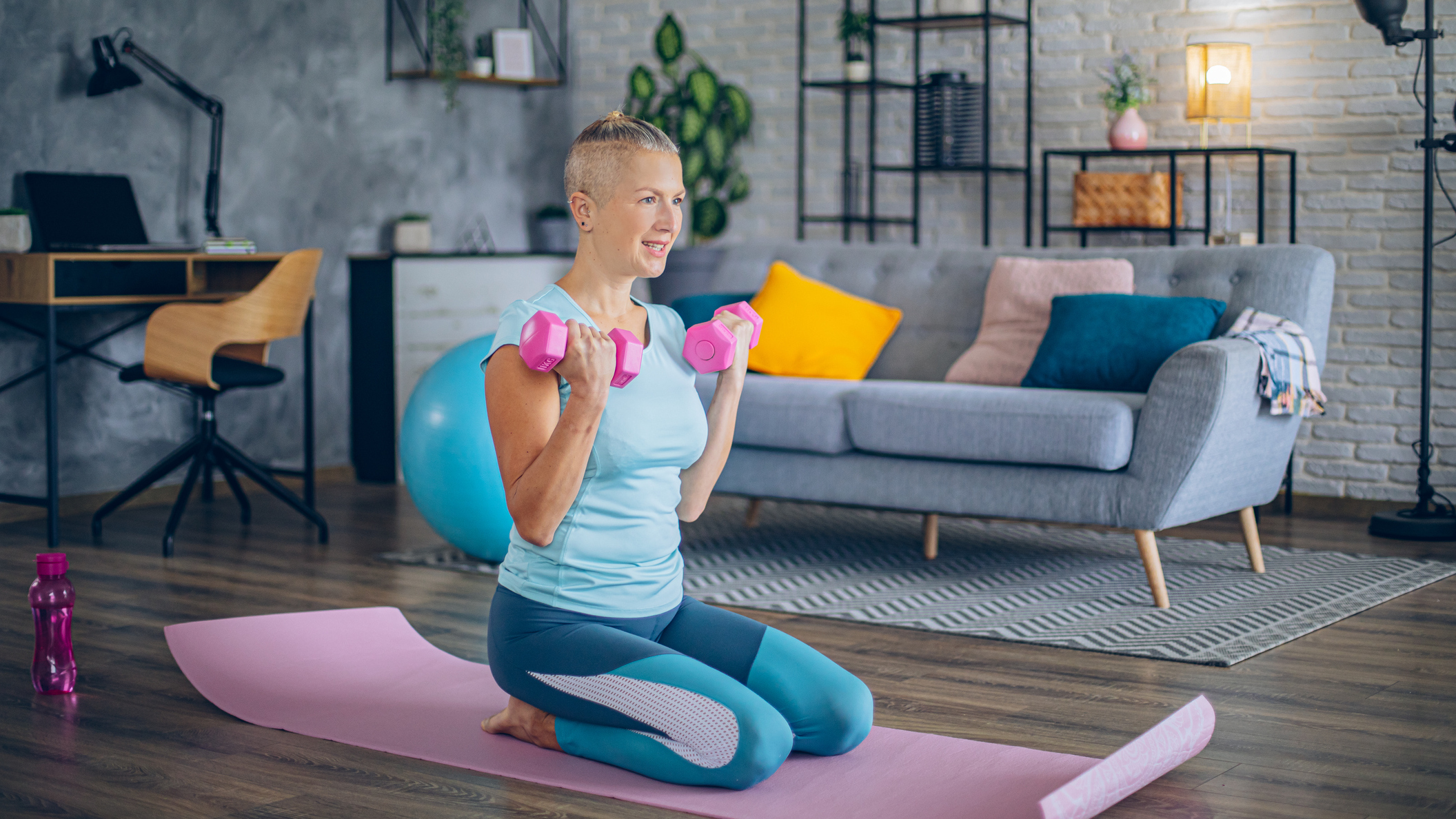

As someone who isn't a fan of sit-ups I love it when I find a strength workout that really challenges the core without the controversial move. And certified trainer Natalie Wilson has created exactly that with a five-move kneeling upper-body workout she posted to Instagram. No, it's not an explicit core workout, but as Wilson writes in the caption, "kneeling activates the core really well," something I've seen Sweat trainer Britany Williams say, too.
You'll also see that Wilson combines two movements in one for each exercise—a technique I use with my personal training clients. While this style of training might feel a bit intimidating, I believe it's a good way to get stronger without investing in heavier weights. Two moves in one will make the exercise more challenging so you're more likely to see progression in your strength, plus it avoids having to do the same arm exercises over and over again.
How to do Natalie Wilson's workout
A post shared by Natalie Wilson • Home & Gym Workouts (@natwilsonfitness)
A photo posted by on
Wilson recommends doing 10 to 12 repetitions of each exercise for three to four rounds. Make sure you warm-up and cool-down, too.
Wilson adds that if you find kneeling uncomfortable you can also do this workout from standing. Just try to avoid using your legs to get the dumbbells moving towards the end of a set.
You'll need a pair of dumbbells for this workout, but because you're working the smaller arm and shoulder muscles, choose a light weight.
Shop dumbbells
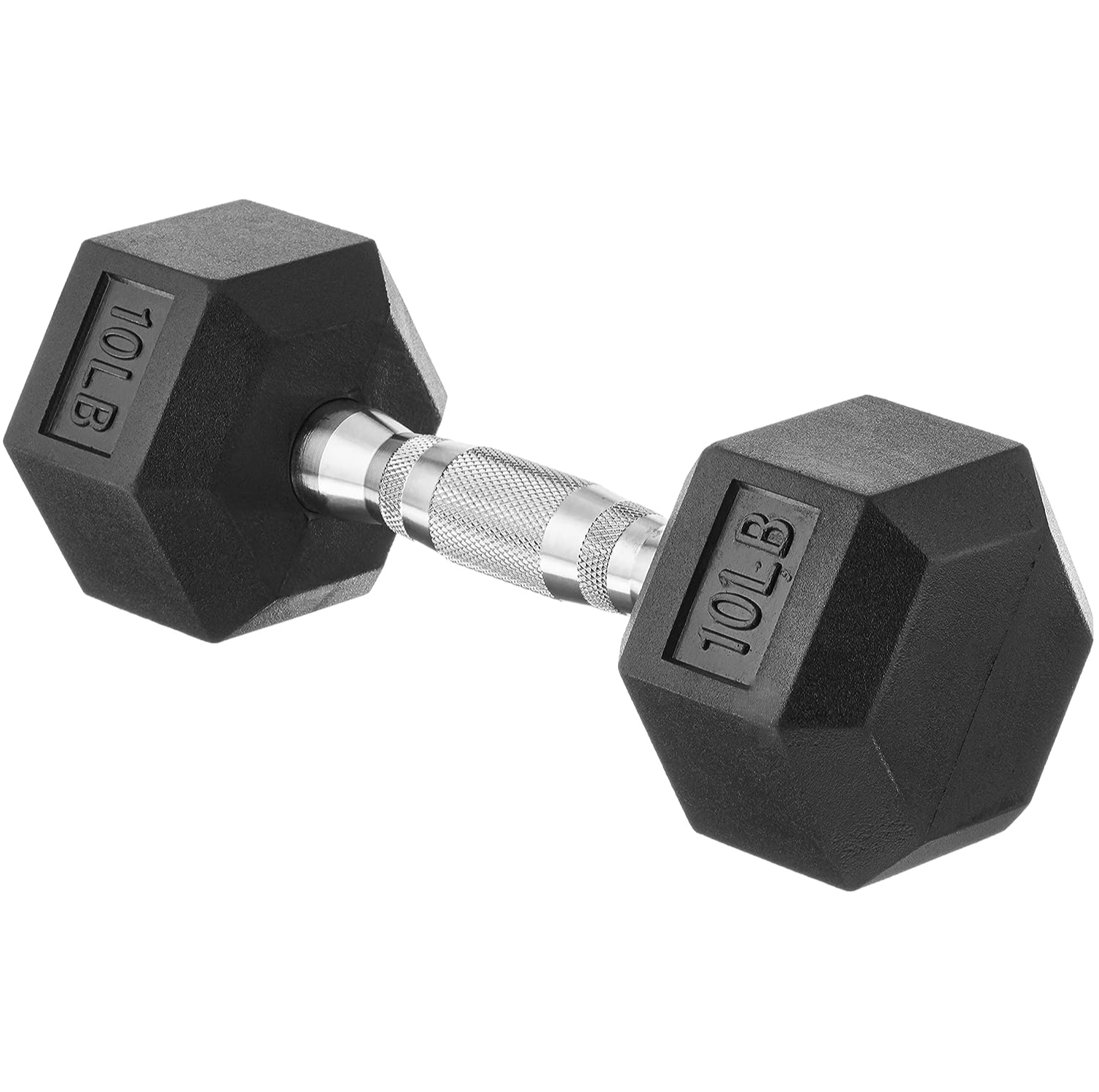
A reliable and almost always discounted option.
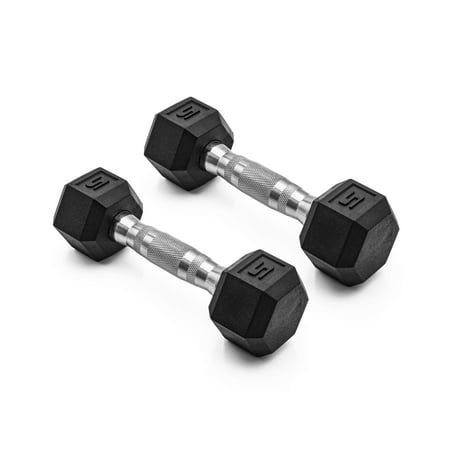
Two 5lb dumbbells are only $13.49 at Walmart.
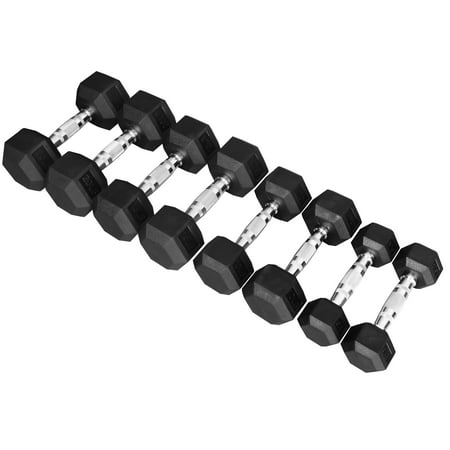
Four pairs of dumbbells for just $79.
How does the core work?
When we talk about the core, many people assume that just means the abs, but actually it's a group of muscles that work to stabilize and mobilize the spine. Core strength helps with everyday tasks such as getting out of bed, standing up and climbing the stairs. If these muscles are weak you're at greater risk of developing poor posture and back pain.
The core muscles include the transverse abdominis (known as the corset), the internal and external obliques, which help you bend and twist and do other spinal movements, the diaphragm, the pelvic floor muscles, and the rectus abdominis (the muscle in the recognizable six-pack shape). Plus, there are some minor stabilizing core muscles that include the lats, traps and glutes.
Start your week with achievable workout ideas, health tips and wellbeing advice in your inbox.
When you train the core, the lower body will get stronger as a result, and you are more likely to feel less back pain if this is an issue for you. A strong core is also particularly important if you like weight lifting, because it will protect your back muscles and mean you are at less risk of injury.
Maddy Biddulph is a journalist specializing in fitness, health and wellbeing content, with 26 years in consumer media working as a writer and editor for some of the bestselling newspapers, magazines and websites in the US and UK, including Marie Claire, The Sunday Times and Women’s Health UK.
She is a CIMPSA-certified PT and works one-on-one with clients, as well as running Circuits Club classes which mixes cardio and strength training and chair-based exercise classes for seniors.
